Say you have this simple RF circuit :

I "understand" that \$Z_0\$ must match \$Z_s\$ and \$Z_L\$ for maximum power transfer to the load. However, it has never been clear to me how to treat \$Z_0\$ in a circuit analysis. Is the voltage at the \$(Z_o,Z_L)\$ node $$V_{(Z_0,Z_l)}{=^?}\frac{V_in\cdot Z_L}{Z_s+Z_0+Z_L}$$
For example, in a \$50\Omega\$ system, this would make the voltage at \$V_{(Z_0,Z_l)}= \frac{V_{in}}{3}\$. I don't believe it is (and I can't build this right now to prove it to my self and I'm not familiar with transmission lines on Spice), but then I can't explain what \$Z_0\$ physically is --ie, it is an impedance, but not really!. If it were, then the load would have to be matched instead to \$Z_s+Z_0\$.
I'd appreciate it if someone could set me straight on this. I believe the answer is that if \$Z_0 = Z_s=Z_L\$, then it is acts as a lossless connection between \$Z_s\$ and \$Z_L\$, but I don't know that I can really explain this. I someone can help me understand this (preferably with math behind it) or refer me to additional literature on the topic, I would greatly appreciate it. I already reviewed transmission lines and impedance matching on Wikipedia and other sources, and if the explanation for this "specific" aspect of \$Z_0\$ was there, then I did not understand it or make the connection. So please, don't just refer me back to those websites without some additional clarification or explanation of a particular section or sections where this is discussed.
Thanks for the help.